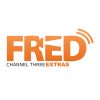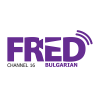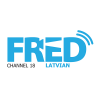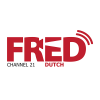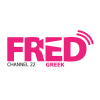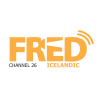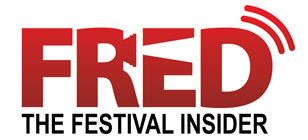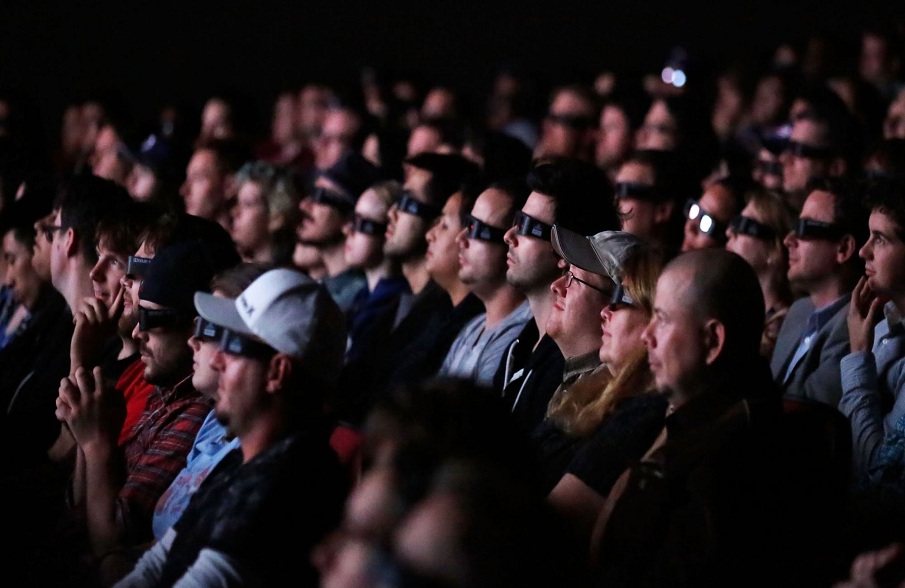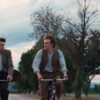In this unit, we will have a look at where and how films are watched and how this has changed over the years.
In order to talk about film venues, we need to review the history of film as a public form of entertainment. This takes us to the small town of Orange, New Jersey, where as early as 1888, US inventor Thomas Edison first imagined the kinetoscope, a machine that could spin images in a box over a light source, giving the illusion of movement. This was only for private viewing. The kinetoscope was designed for films to be viewed by one individual at a time through a peephole viewer window at the top of the machine.
When Edison organized the first public demonstration of his kinetoscope in Brooklyn in 1893, it became evident that, even though it worked, it was too private and small. Cinema had to be bigger.
And it became public and bigger in Paris thanks to the Lumière brothers, who, two years later, in 1895, invented the cinématographe, a machine that could project an image onto a screen and that, unlike Edison’s kinetoscope, could be viewed simultaneously by a large number of people.
Cinema was finally public.
Neither the Lumiere brothers nor Edison nor any of the other inventors could imagine how big cinema would become. In fact, at the beginning it was mostly considered as a sideshow for the working classes, who would go to theatres called nickelodeons to watch short 5 to 15-minute films as though it was a fairy attraction.
By 1913, Nickelodeons were no longer big enough to accommodate all the moviegoers who wanted to watch films, so it was necessary to build bigger theatres who would also show the new and longer feature films.
Another type of cinema that existed in the first decade of the 20th century were the so called Hale’s Tours of the World, which were designed like train carriages.
From the very beginning of cinema, and especially when in 1896 the Lumière brothers shocked an audience in France by showing on a screen a train that was moving directly to them, cinema had a strong fascination with the train. Maybe this fascination started even before the invention of cinema because, in a way, the passengers on a train were offered a cinematic experience years before the emergence of cinema itself. When the first cameras where invented, cameramen started to tie themselves and their cameras to the buffer of a speeding train, showing the journey from the train’s perspective and capturing the approaching track, the surrounding landscape and the passage through tunnels. These scenes were called phantom rides, because from this position the film seemed to be moving by aid of an invisible force. This was an all-new and dynamic spectacle and the new cinemas, Hale’s Tours of the World, took the realism of phantom rides to another level: the benches would shake and the images would be accompanied by the sounds of hissing steam and train whistles.
Since those early days of cinema, the evolution of film venues has always been linked to the evolution of technology. Silent films were mainly made to be shown in the cinema to public audiences and this applied also to films with sound, from the first one, called The Jazz Singer, in 1927, to thousands of films in the 30s, 40s and 50s.
In the 1960s, the TV brought films to the living room for family viewing, which means that audiences no longer had to go to the cinema to watch films, although the choice was limited to what the TV was offering. This was partly solved in the 70s with VHS tapes and in the 90s with DVDs, which gave viewers more options to choose.
Nowadays, the choice of venues and devices is huge and it keeps growing: you can watch films in cinemas, festivals, theatres, museums, bars, schools, planes, at home and on TVs, computers, tablets, mobile phones. And this choice is even bigger with the introduction over the past ten years of pay per view and video-on-demand platforms, which allow us to select and watch films and programmes when choose to, rather than having to watch at a specific time.
One of the consequences of having such a wide range of choice in terms of content and devices is that the viewers’ attitudes and behaviour towards watching films have changed. This is also very much related to the widespread use of the Internet, where we move from one website to another quickly and the longer the text, the less we read. Researchers are finding that our attention span is decreasing as we move further into a fully digital society, which is why we are sometimes known as the Impatient Generation or digital goldfish. The effect in film viewing is that younger generations are more used to watching series or short videos on the Internet and they sometimes find it difficult to watch long films.
Producing partner: University of Roehampton http://www.roehampton.ac.uk/home/
Voice Talents: Dylan Ayres, Sharon Fryer
Music: Bensound – Brazilsamba (Composed and performed
by Bensound http://www.bensound.com)


